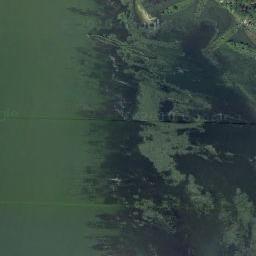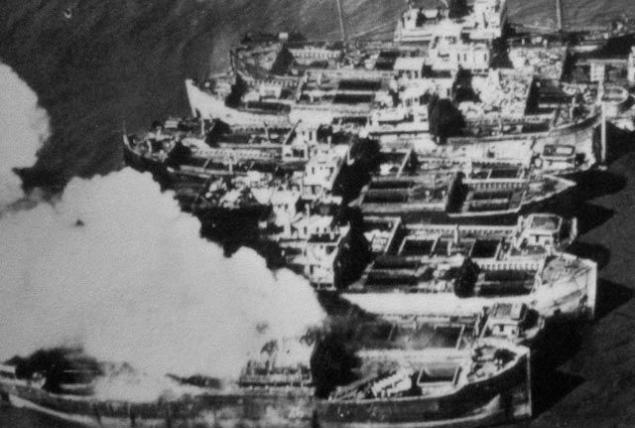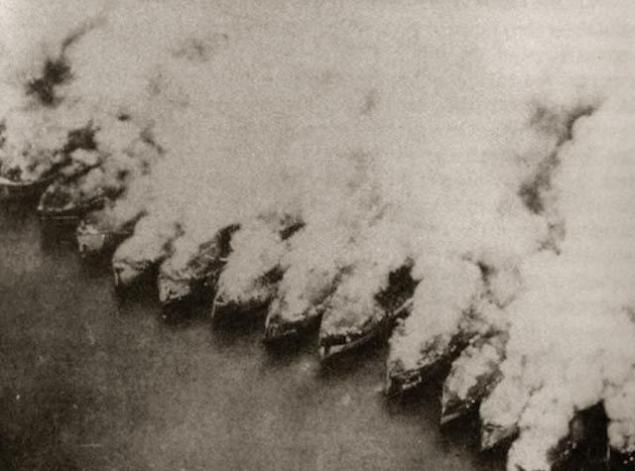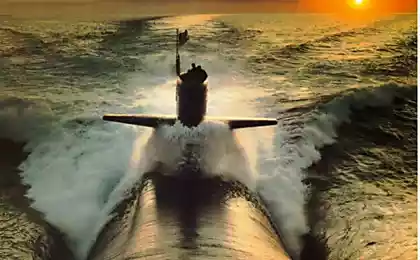402
The Americans planned a huge shipbuilding company
This story started on 2 April 1917, after President Wilson's appeal to the US Congress with a call to join the war against the German Empire, whose submarine attacked the ships remain neutral states. To ensure the delivery of supplies to allies, the Americans planned a huge shipbuilding company, as a result of which, for the half year was to be built a thousand ships, and a half years.

134 ships were ready for operation in October 1918, but a month later announced the surrender of Germany, and as a result, none of the vessels had not crossed the Atlantic. Order Ship has been paid, so after the war, the construction continued.

As it turned out, the quality of ships willing to leave a better, the design proved to be unreliable, and the small size is not suitable for the long haul. In addition, these steamers worked on coal, and not compete with the increasingly pervasive vessels with diesel engines.

In the 1920s, about three hundred ships gave a leak, and they were put to conservation for Jaime River in Virginia. In 1922, 233 of them bought by Recycling of Alexandria, on the west bank of the Potomac River. The bay and the river that was the last ship in the parking lot waiting for disposal.

Machinery had planned to withdraw and let the smelter and the body of the tree - simply burn. But the plan did not come true because the company that bought ships, soon went bankrupt, and the suffering of the flotilla and was left to rot in the waters of the Potomac, turning bay Mallow Bay into a graveyard of ships.








134 ships were ready for operation in October 1918, but a month later announced the surrender of Germany, and as a result, none of the vessels had not crossed the Atlantic. Order Ship has been paid, so after the war, the construction continued.

As it turned out, the quality of ships willing to leave a better, the design proved to be unreliable, and the small size is not suitable for the long haul. In addition, these steamers worked on coal, and not compete with the increasingly pervasive vessels with diesel engines.

In the 1920s, about three hundred ships gave a leak, and they were put to conservation for Jaime River in Virginia. In 1922, 233 of them bought by Recycling of Alexandria, on the west bank of the Potomac River. The bay and the river that was the last ship in the parking lot waiting for disposal.

Machinery had planned to withdraw and let the smelter and the body of the tree - simply burn. But the plan did not come true because the company that bought ships, soon went bankrupt, and the suffering of the flotilla and was left to rot in the waters of the Potomac, turning bay Mallow Bay into a graveyard of ships.






























